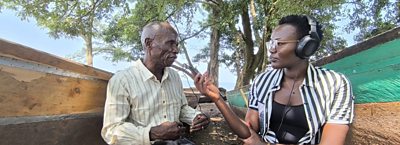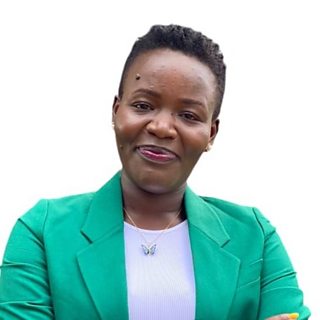My name is Oloo Molly Akinyi. I grew up in rural Western Kenya, where radio was our only source of information. Every evening after school, I would sit with my parents to listen to the community station. One presenter in particular inspired me - her energy, her voice and how she connected with people. That’s when I decided I wanted to be behind the microphone myself.
Today, I’m a radio presenter at Namlolwe FM, broadcasting in our local language, Dholuo. For almost a decade I’ve been in the media, and for the past two years I’ve focused on something deeply personal to me: making weather and climate information understandable and useful to the people who need it most.
Why weather information matters where I live
In Western Kenya we live with floods, droughts and the unpredictable backflow from Lake Victoria. Farmers lose their crops. Fishers lose their income. Families are displaced. People know the weather is changing but often don’t know what to do about it - or don’t trust official forecasts.
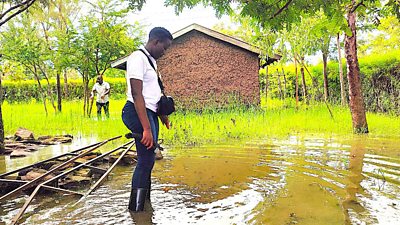
How my work bridges the gap
I work on the Bridges project with ��ѿ��ý Media Action, the Kenya Meteorological Department and local scientists. Together we gather forecasts, break down the jargon, and broadcast it as practical advice - when to plant, when to move livestock, how to prepare for heavy rain. Our goal is to make sure everyone, especially farmers and fisherfolk, have the information they need to act early and stay safe.
This approach has changed attitudes. Many listeners used to distrust weather forecasts. Now, after constant engagement and clear explanations, they follow and act on them.
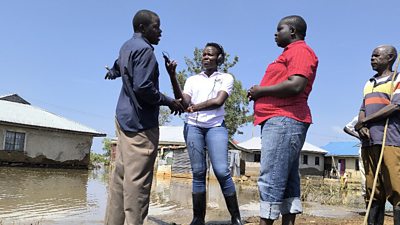
When people understand the forecast, they can act before disaster strikes.”
Seeing the impact firsthand
In Kisumu County we visited a village that had been devastated by floods. Families were living in classrooms. Children had no shoes. Mothers were sleeping on bare floors. Through our reporting we worked with local authorities to highlight the issue. A dyke was built and the river was desilted.
Months later, during the usual flood season, that community stayed safe. Seeing that change reinforced my belief that trusted information and collaboration save lives.
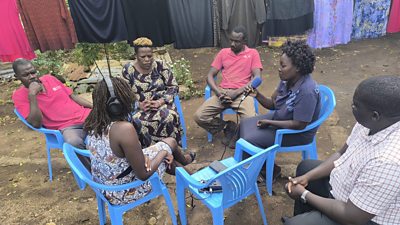
Why radio is powerful
Radio reaches people directly in their own language. It allows me to connect scientists and communities, and to give a voice to those most affected by climate change. It turns complex science into something local, familiar and actionable.
Looking ahead to IUCN 2025
At the IUCN World Conservation Congress I’ll be speaking at a session about my experiences in Kenya. I’ll share how radio and trusted journalism can help communities adapt to climate shocks, and why clear, localised communication is vital for building and nurturing resilience.
-
��ѿ��ý Media Action is an official media partner of the International Union for the Conservation of Nature's World Conservation Congress in Abu Dhabi. Find Molly at 'Speaker's corner' alongside the rest of our journalist delegates on 9th October at 2pm (GST), and for a more in-depth session ‘Making weather information accessible for those in need in rural Kenya’ on 11th October at 3pm (GST). She will also be joining the wider forum stage with our regional director Shobhana Pradhan for ‘Changing the story on climate: nurturing resilience’ at 5pm (GST) on 10th October.
As part of the collaboration, we will host a media pavilion throughout the Congress (9–13 October), with contributions from the ��ѿ��ý Studios Natural History Unit (NHU) exploring how storytelling can inspire and inform audiences on the intertwined issues of threatened biodiversity and the changing climate.
Search by Tag:
- Tagged with Kenya Kenya
- Tagged with Africa Africa
- Tagged with Climate Action Climate Action
